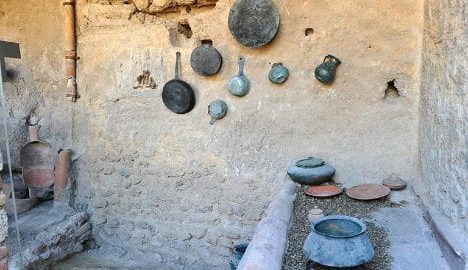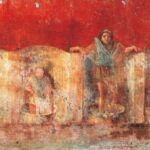In Pompeii, tourists can see with their own eyes what Roman cuisine looked like. In the hall of the Fullonica di Stephanus house, there are pots and pans that were once used by employees.
Before the city was engulfed by volcanic ash from Mount Vesuvius in 79 CE, the kitchen was the place where food was prepared for the hungry workers of the Fullonica di Stephanus estate. There was a laundry room in this building.
The building was where the rich patricians donated their dirty togas, which were then washed in huge tubs with clay and urine. The robes were then washed, dried and placed on special presses which ensured that the clothes were not creased.
The nourished kitchen shows us how the Romans used to do without gas and electricity. The ancients cooked and fried food over special holes in which the coal glowed. The Romans put meat, fish and vegetables directly on the grills over the heat. Soups and stews, in turn, were placed in pots or pans, which were placed on special stands that made it possible to raise and lower the dishes.






